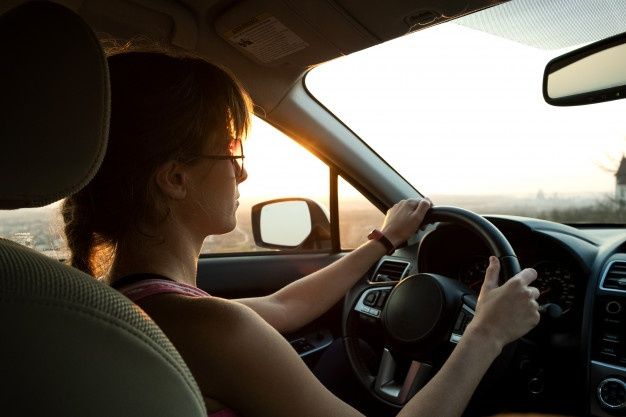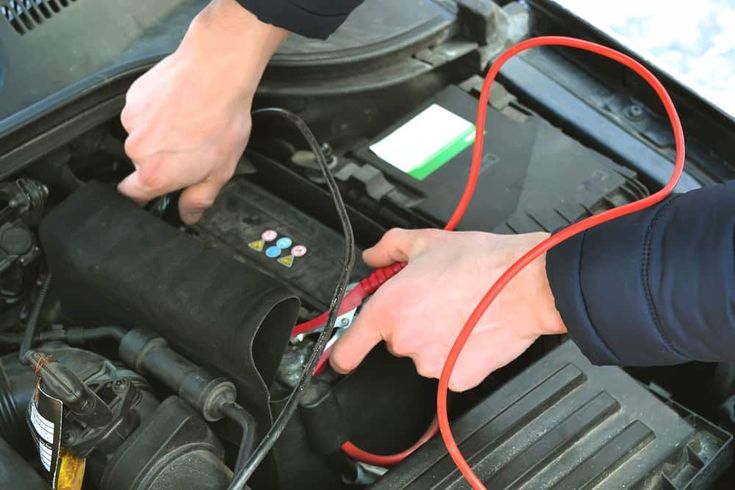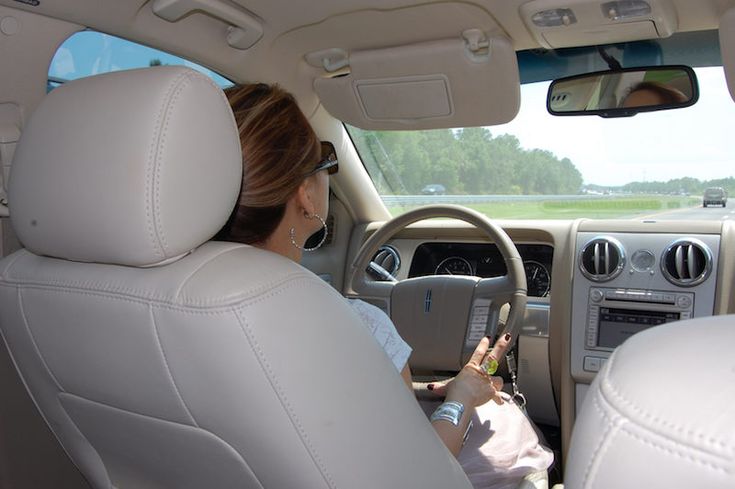Have you ever charged your battery while driving? This method can help you recover the flat battery to continue with your journey. But a question many drivers wonder how long to drive car to charge battery. Let’s find the answer in our article:
Contents
Charging A Car Battery By Driving: Is It Possible?
Before going into solving the main problem of the article, we will explain the myth that some drivers are concerned about: does driving a car recharge a battery? Our answer is “Yes” but you should also note that the car battery can’t charge itself while driving, the alternator will take this job. The main responsibility of the battery is to provide power to the starter while the alternator will provide a charging current to the electrical system in your car. However, the battery also has to supply 12V to the generator to help the generator’s electromagnet work – creating an electromagnetic during charging. There are some sources on your car the battery will supply the power:
- Providing powers to the starter
- The magnetic field activation energy
- Batteries provide any additional power needed the high power during certain times

Now you have your answer: driving a car charges your battery. Since the alternator keeps alternating current flowing to the battery, your battery will constantly be charged while driving. However, this method can’t fully recharge your battery because there are a number of factors affecting an alternator’s ability to charge the battery. For example how current from the alternator is diverted to the battery to charge it, how long the current is available, and the temperature. Generally, idling the engine or short stop-and-go trips during bad weather or at night might not fully car battery charge.
>> Read more: Common Reasons Your Car Battery Keeps Dying
How Long To Drive Car To Charge Battery?
Normally to fully recharge the car battery with the charger you will take about 10 to 24 hours. So how long to charge car battery while driving? Charging the car battery while driving will take a shorter time. To recharge your battery, you will need to drive the car continuously for about 30 minutes to 1 hour with a speed over 1000 RPM when all the electric part is off like the radio or lights. However, there are several factors that can affect the charging speed:
- Engine speed: The charging speed will be greatly impacted by the RPM of your car engine. To make the charging process properly, your engine will need to be at least 1000 RPM, in modern engines you can expect up to 1500 RPM. When you drive the generator will spin faster and produce more power, the faster you drive the higher the RPM
- The state of charge: This indicator describes the full level of the battery following the percentage. When your battery is completely drained, it will take longer to charge than a battery that still has some partial power.
- Battery capacity: is the energy that the battery can accumulate during charging with the unit of ampere-hour. The higher the value, the longer the battery can provide power. And of course, when the battery has high Ah, the charging process will be quicker.
- Battery temperature: The temperature can affect the speed of the battery charge, some batteries like Li-ion can charge faster in the range of 5-45 C degrees. When high temperature can affect the battery charging speed.

How To Determine A Battery’s State Of Charge?
No matter what method you use to charge the car battery, it’s very important to know the state of charge. If you have ever used a cell phone or laptop, you notice that there’s always a battery state of charge indicator on your equipment. But the vehicle doesn’t have this indicator. So the easiest way to do that is to use the voltage. When all parts of your car are off, you will connect the voltage to the battery terminals and measure the voltage. A battery with a 100% state of charge that’s fully charged. You can read the battery state of charge table below to have more detail:
| Voltage | State of charge (SoC) |
| 12,6 | 100% |
| 12,5 | 90% |
| 12,42 | 80% |
| 12.32 | 70% |
| 12.2 | 60% |
| 12.06 | 50% |
You should fully charge the battery, then use a voltmeter to measure about 12.6V. If you get a voltmeter reading of about 12.4 V, the charge in the battery is 75%. To be sure, you should check again, but no matter what, if the reading is lower than the standard, the battery must be recharged.
Besides, the most recognizable sign when the battery is fully charged is the voltage between the two plates reaching about 12.6V. The sign that the battery will heat up when it is full is the best way to identify it when using a charger that does not automatically disconnect. You should note that during the charging process, the battery should not be overcharged, overcharging will cause the battery to be bottled, damaged, blistered, or significantly reduce its lifespan. Because a battery is a power storage battery to provide starting power for a car, it is simply a reserve battery with the ability to be reused many times after being charged properly.
>> Read more: 6 Common Signs of a Weak Car Battery
In Conclusion
About the function of the battery, everyone must know how important it is for the operation of parts such as lights, radios, and air conditioners, .. even when the engine of a car is not yet active. And most importantly, the function of supplying power to the starter and ignition system so that the car can start and the engine’s rpm is large enough, the equipment on the car will use the electricity generated from the generator, then the battery will still be charged to store energy for driving. So when the battery shows symptoms of running out of power, you need to have timely remedies, and driving a car to charge your battery is an effective method you can try when experiencing this problem. With the information we share in this article, we hope that you will have the basic knowledge to make this method properly.



